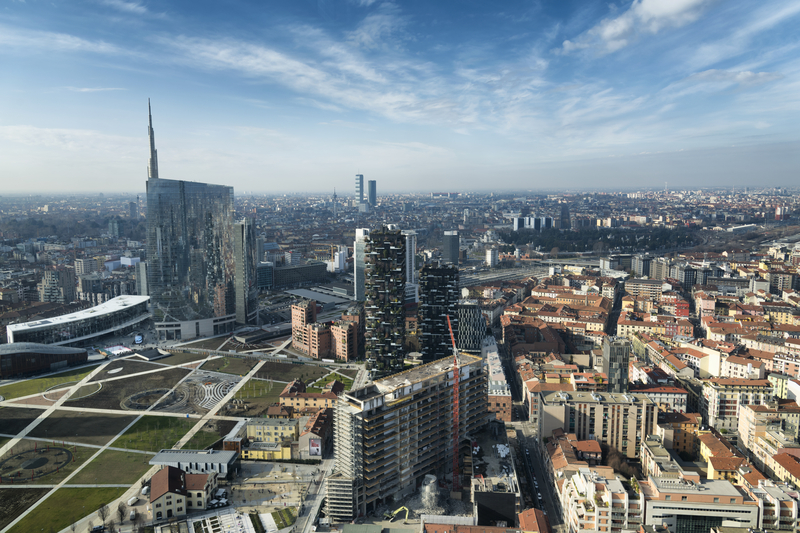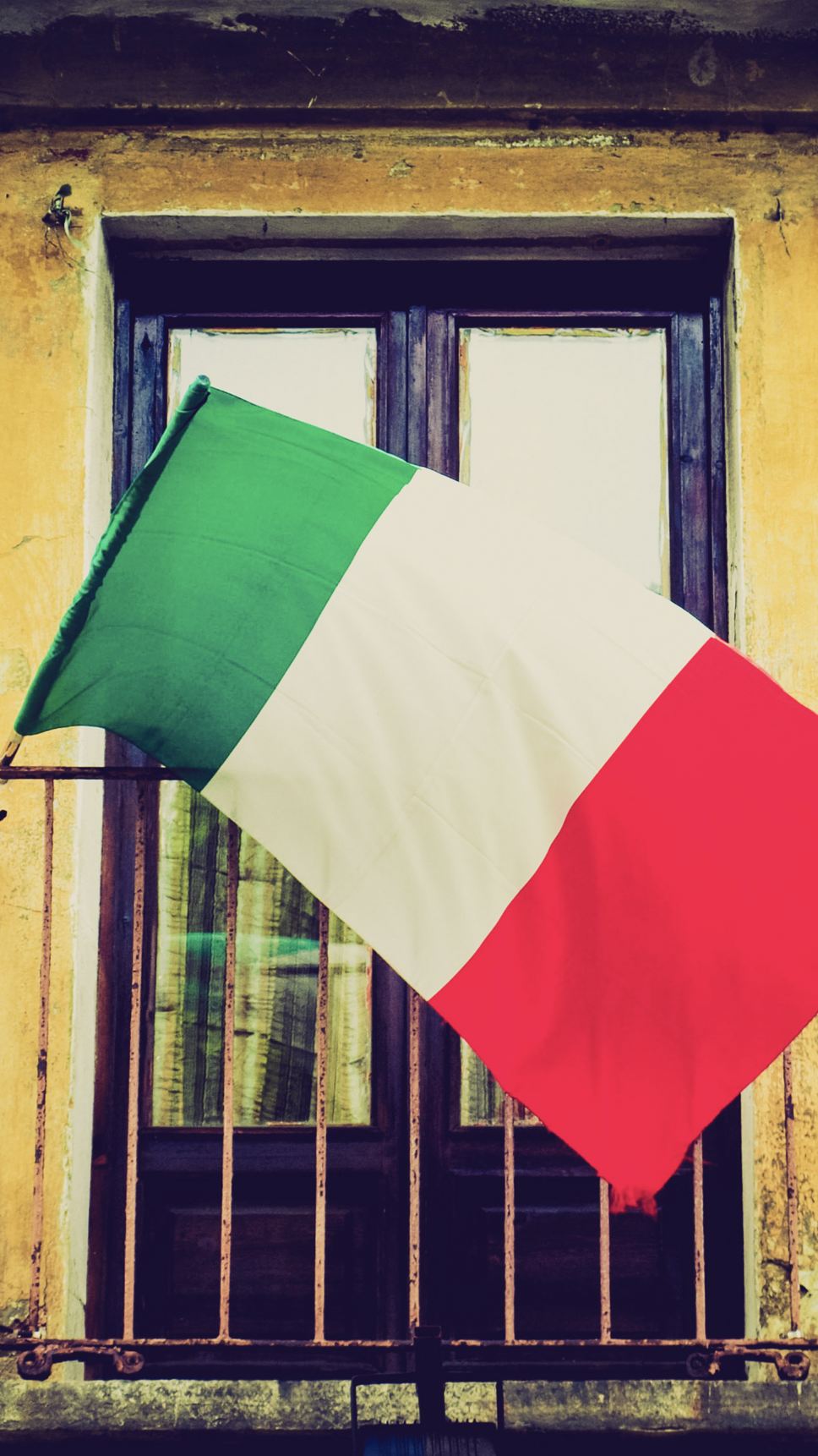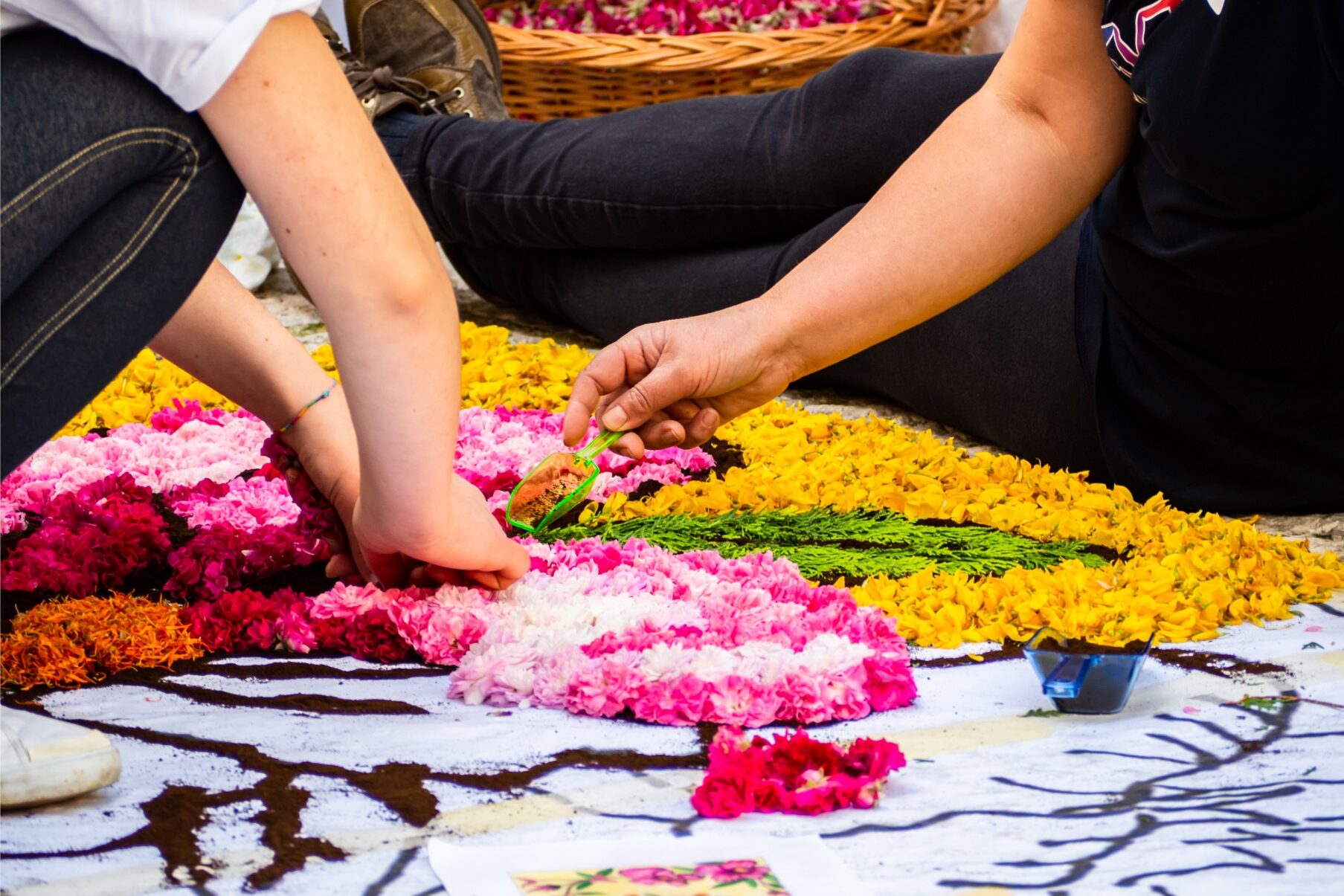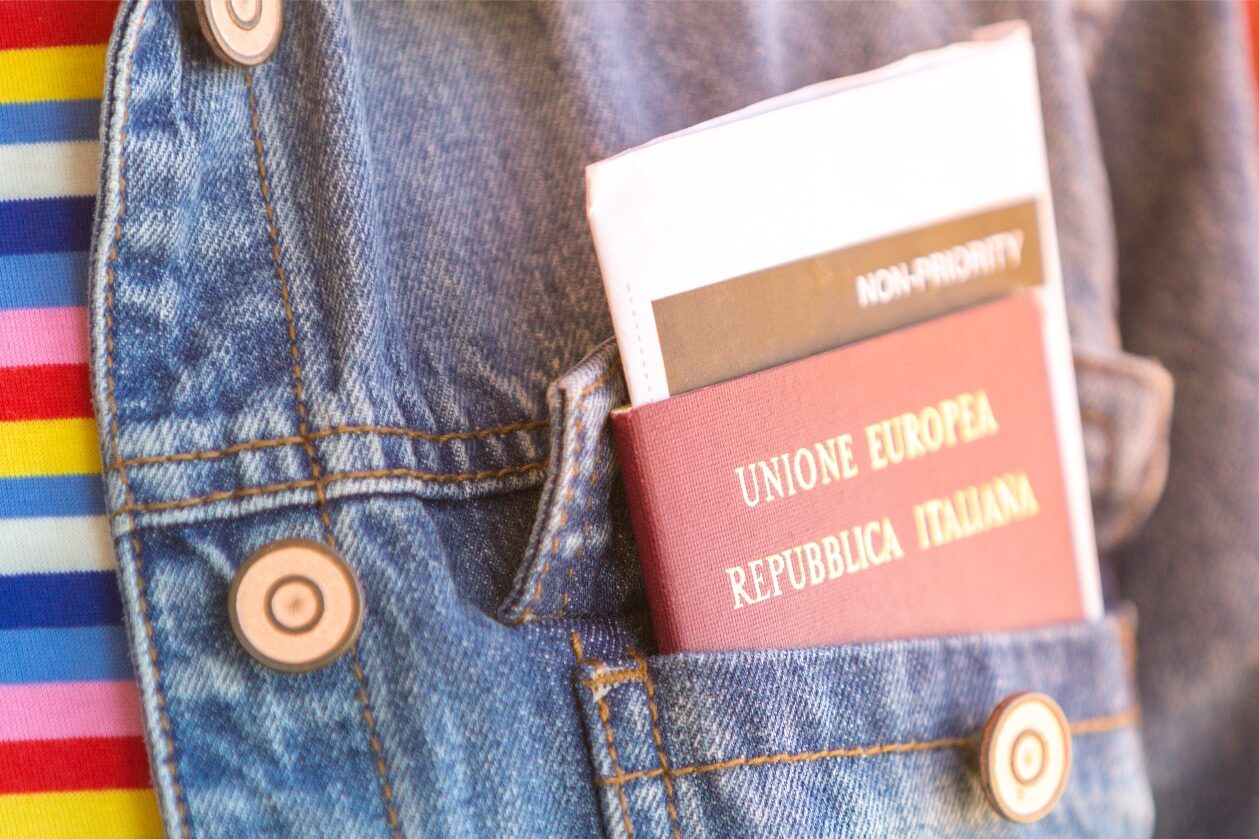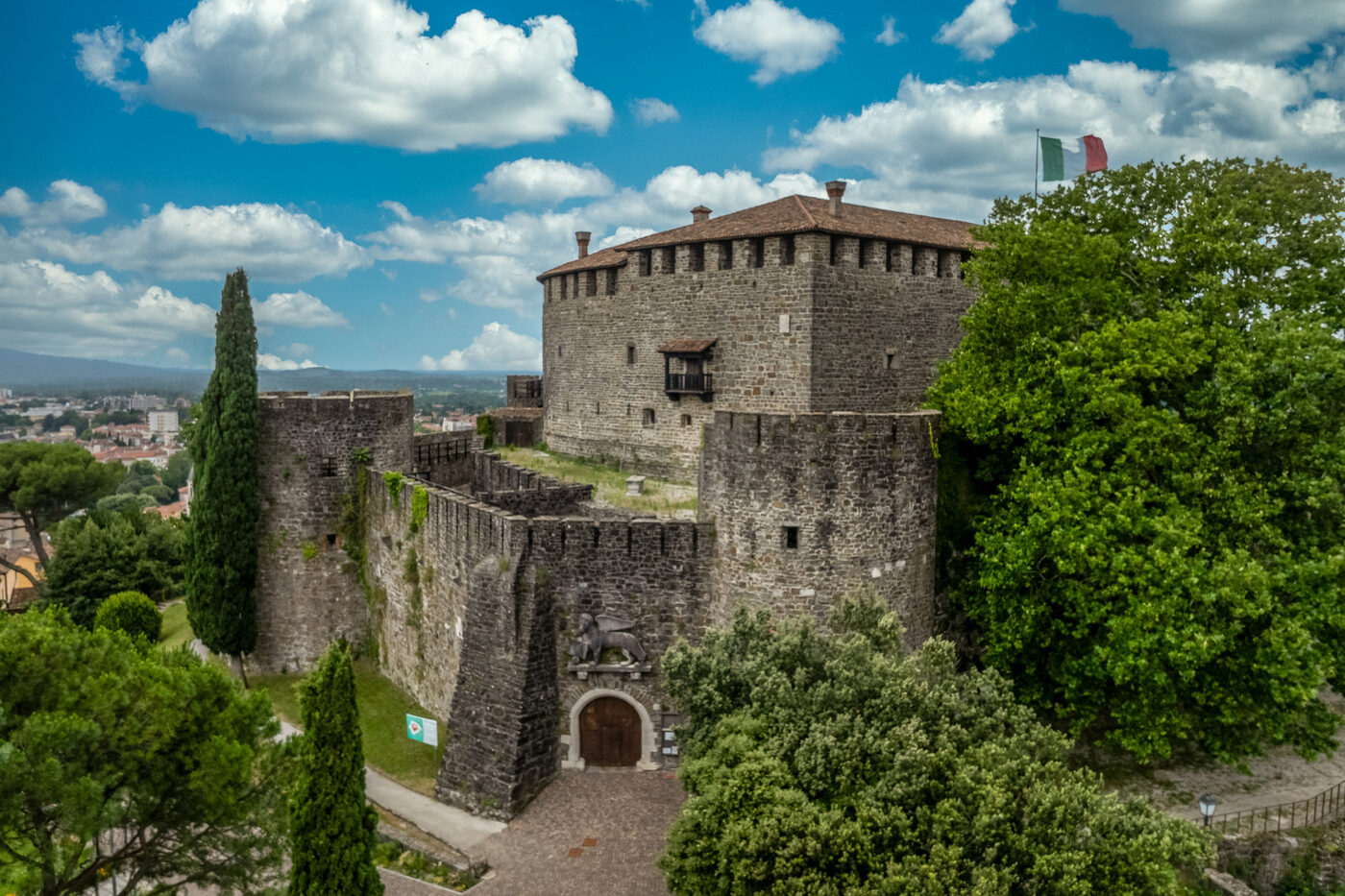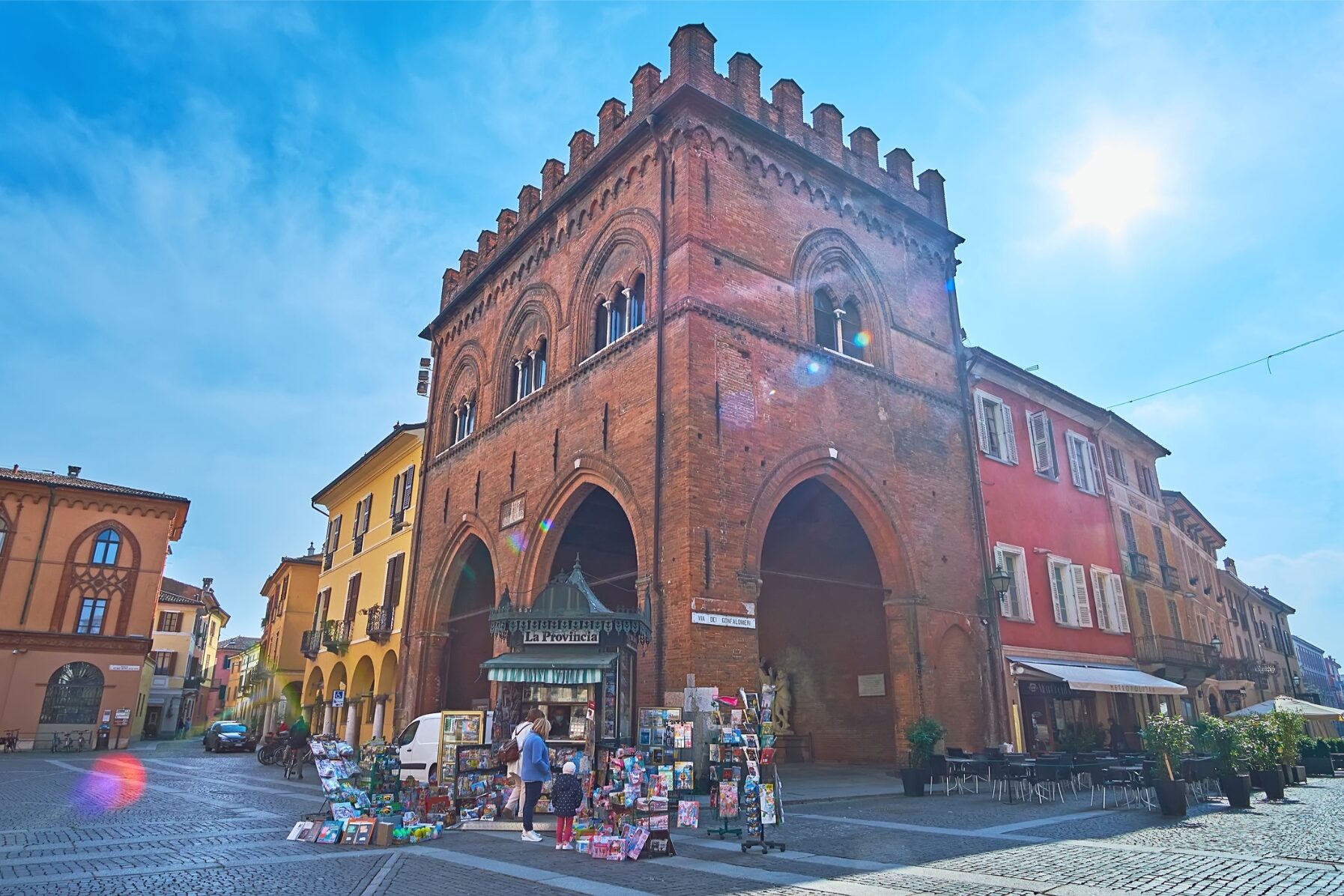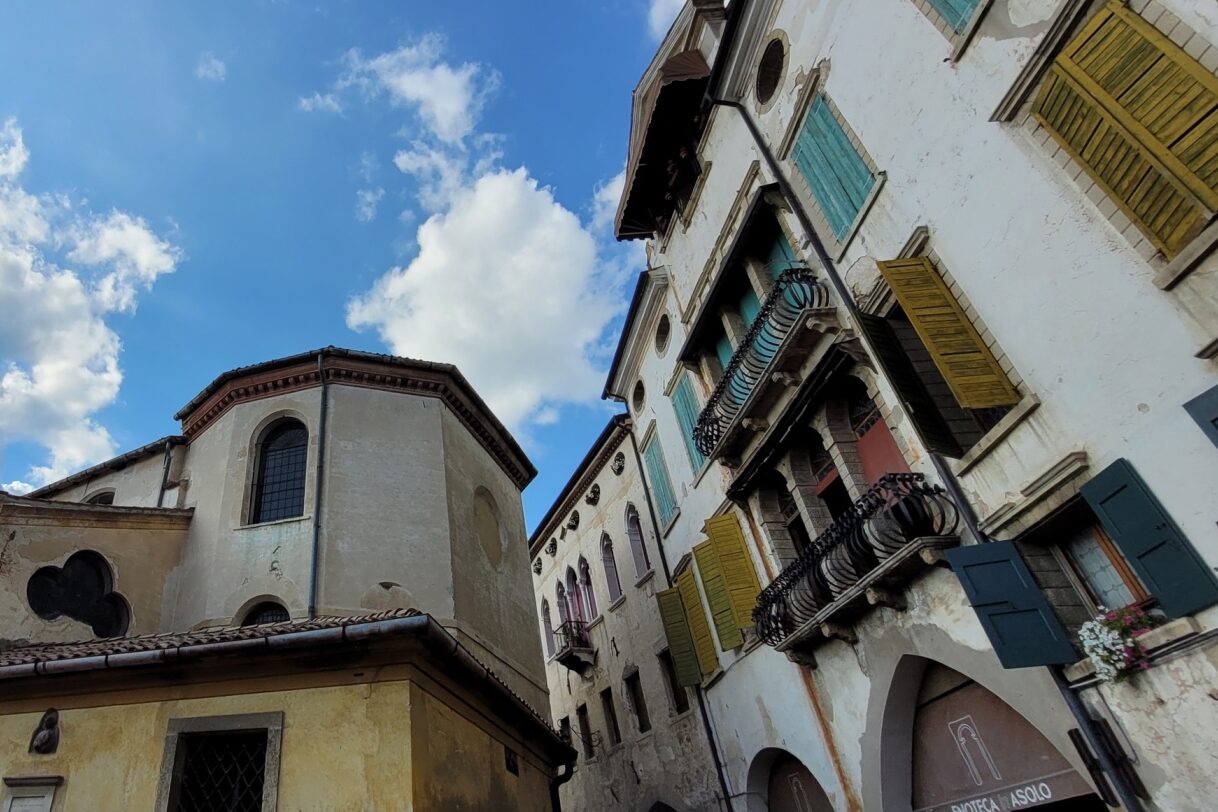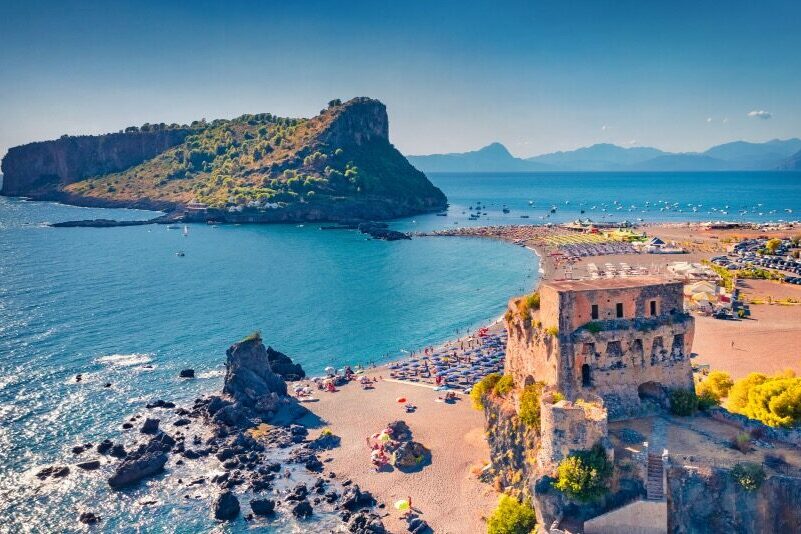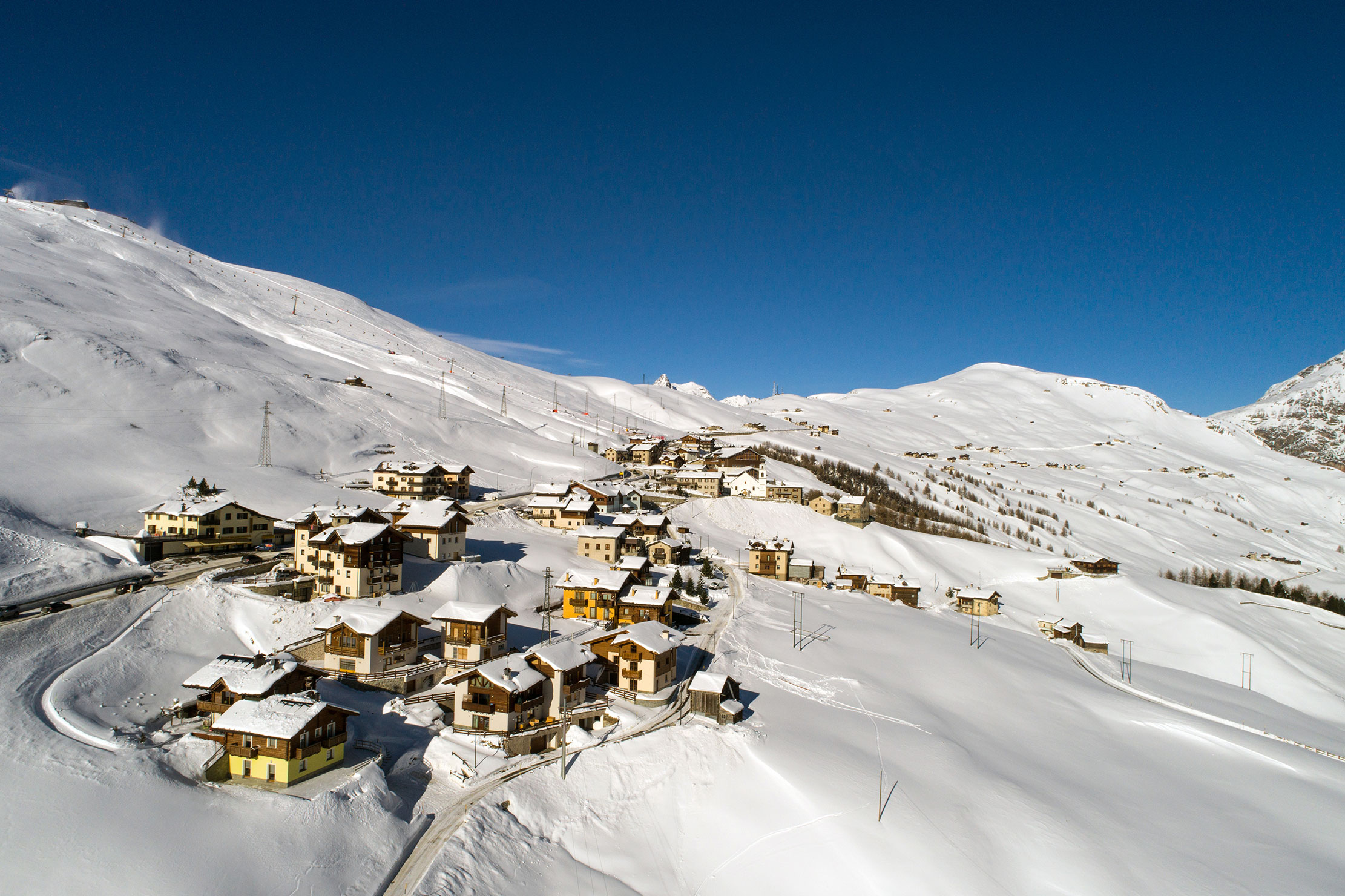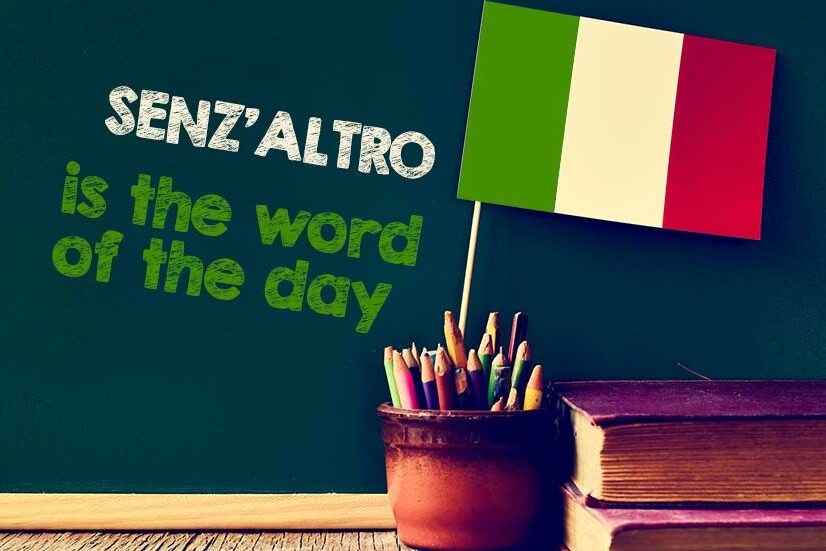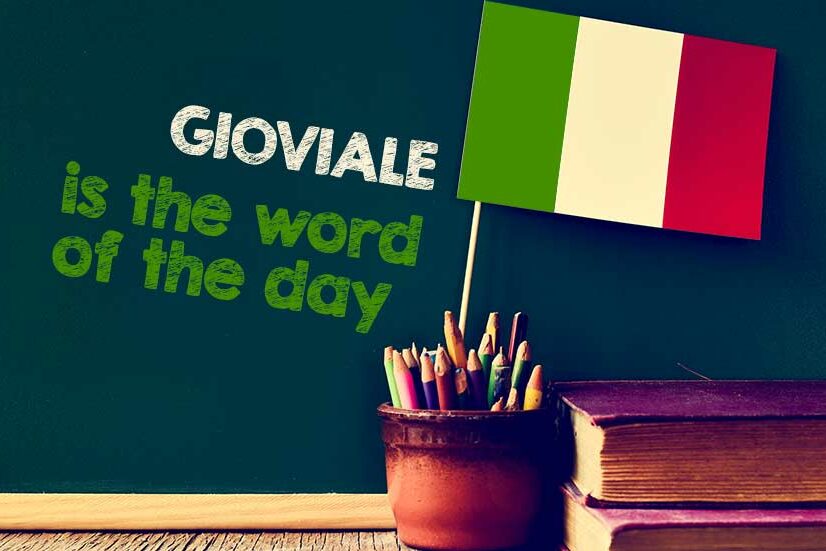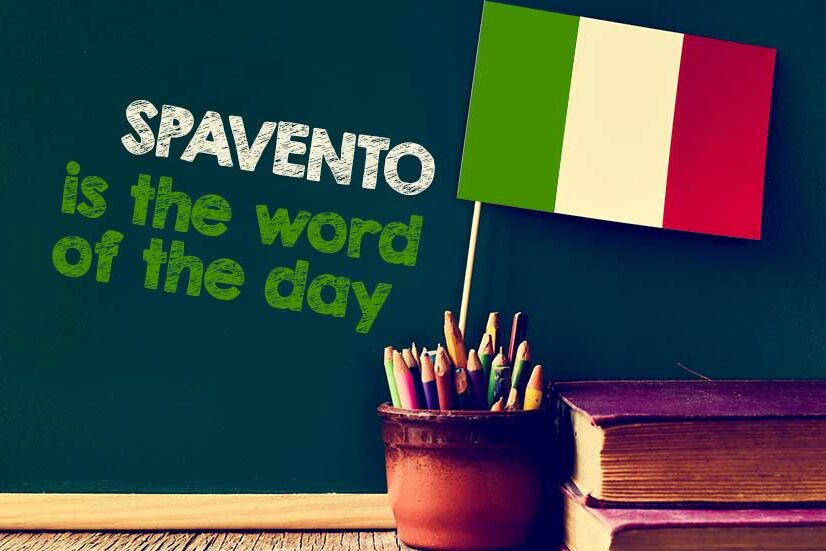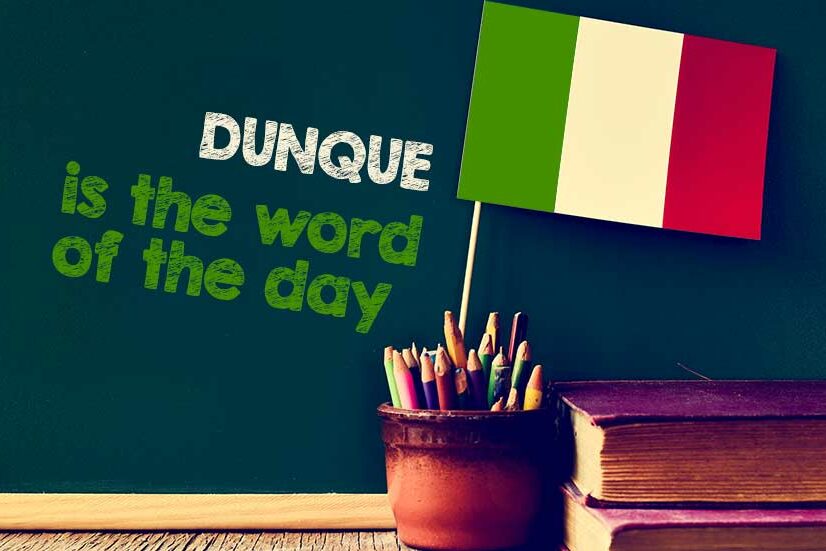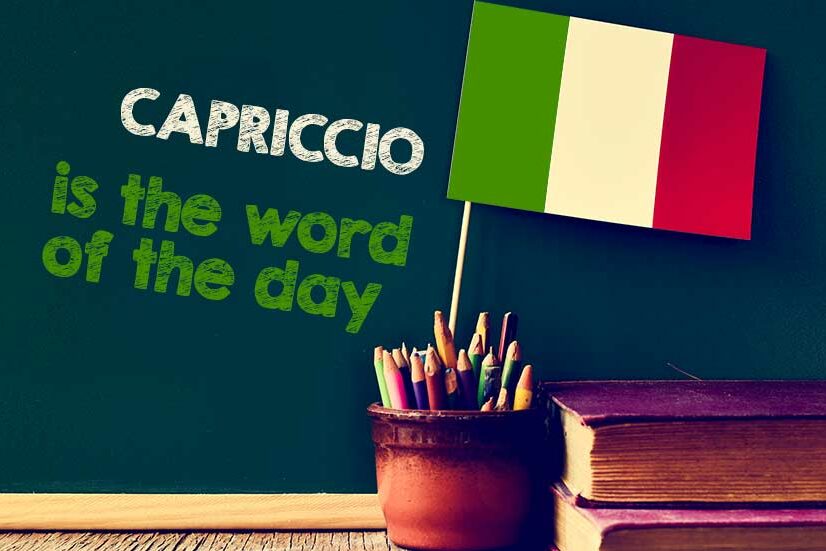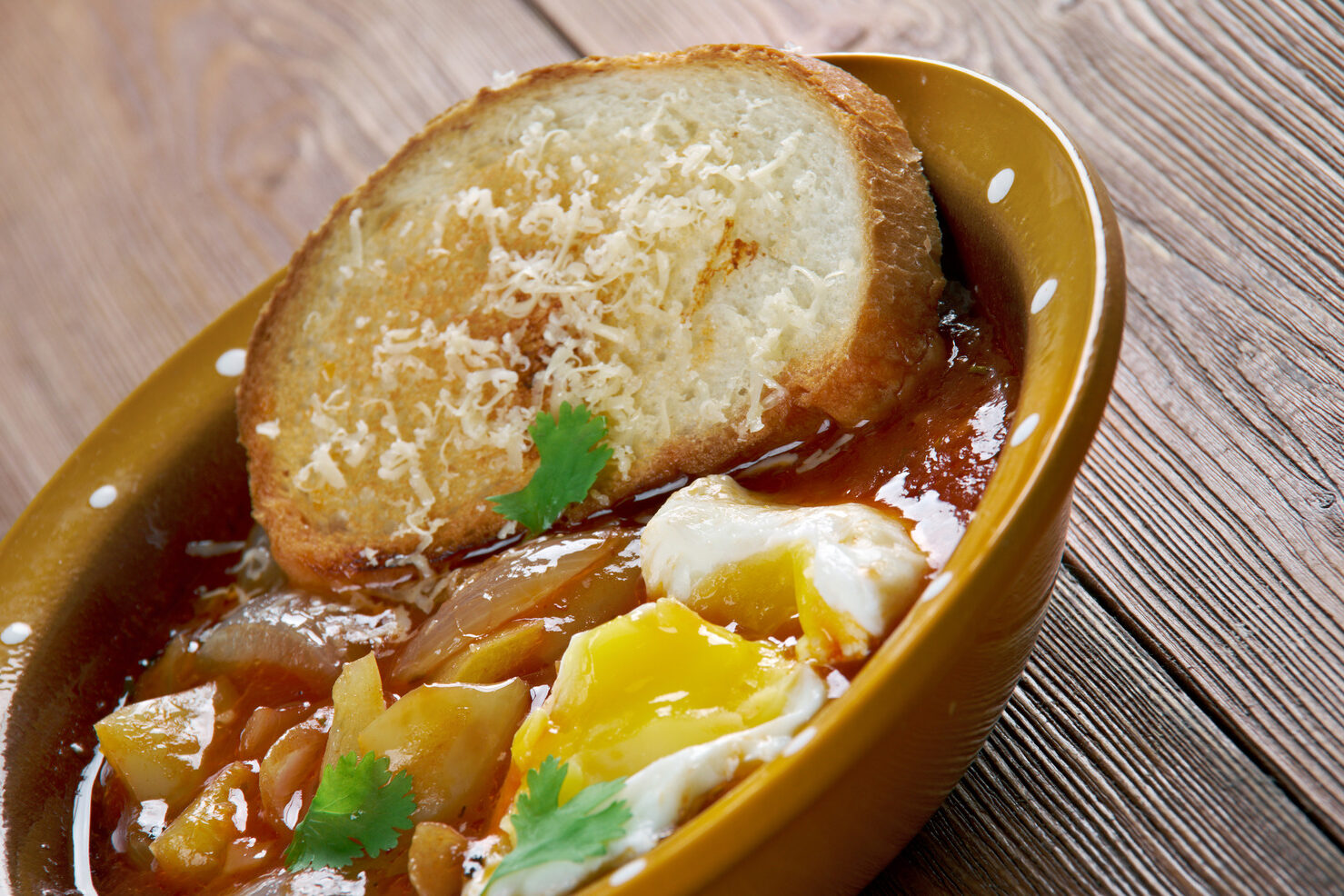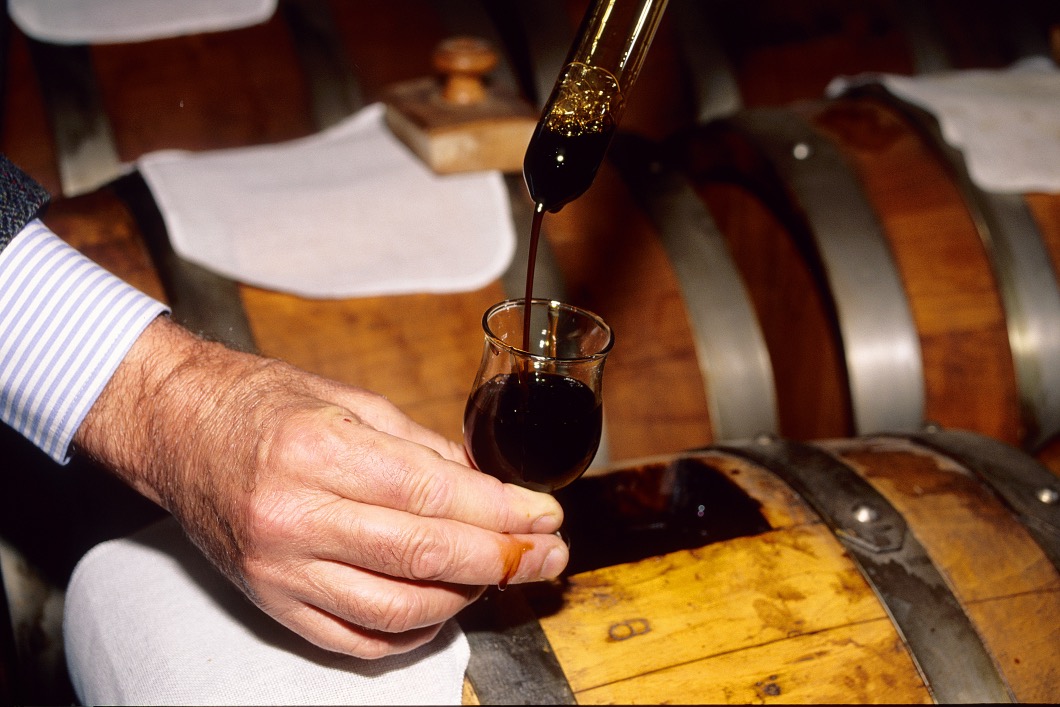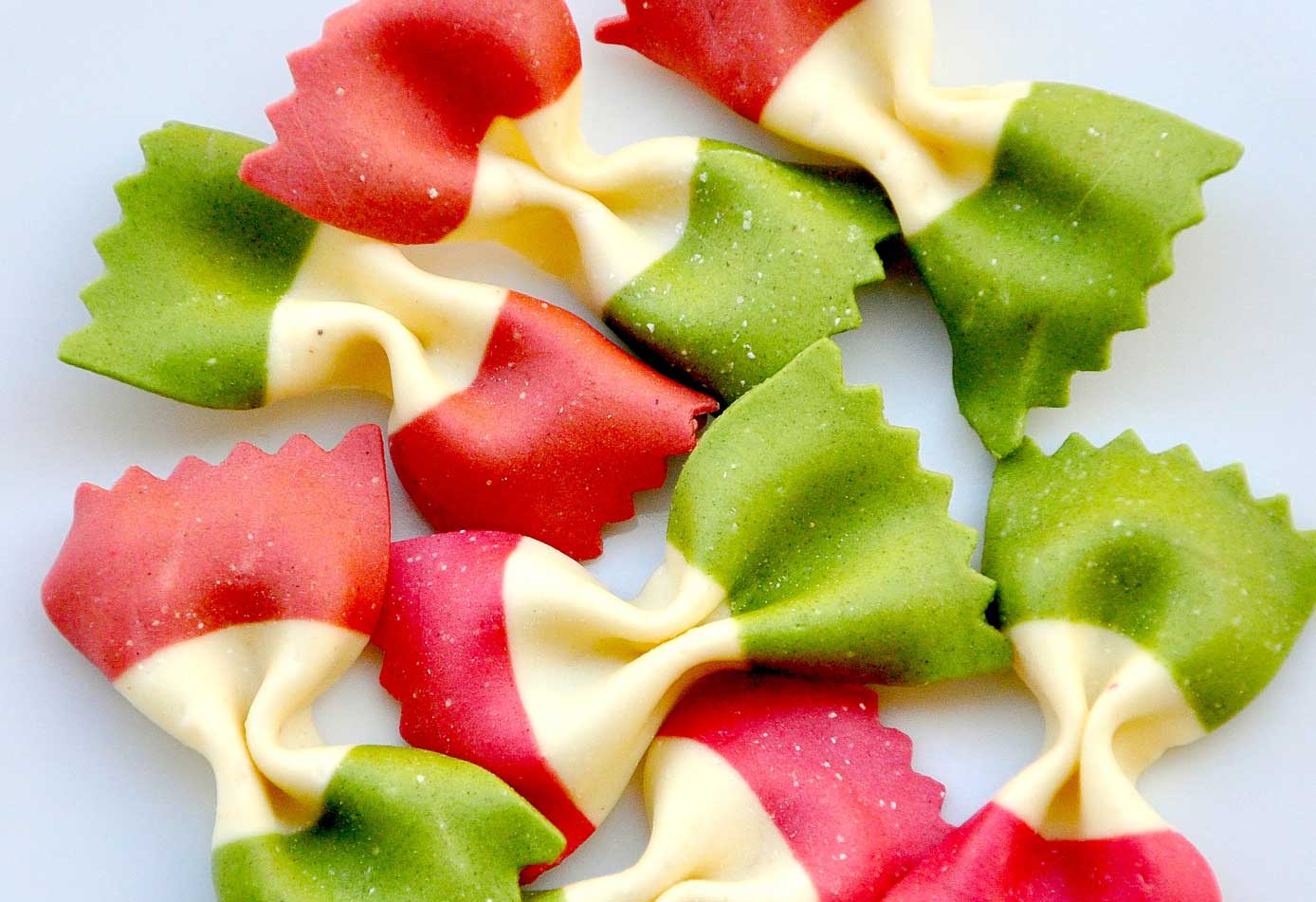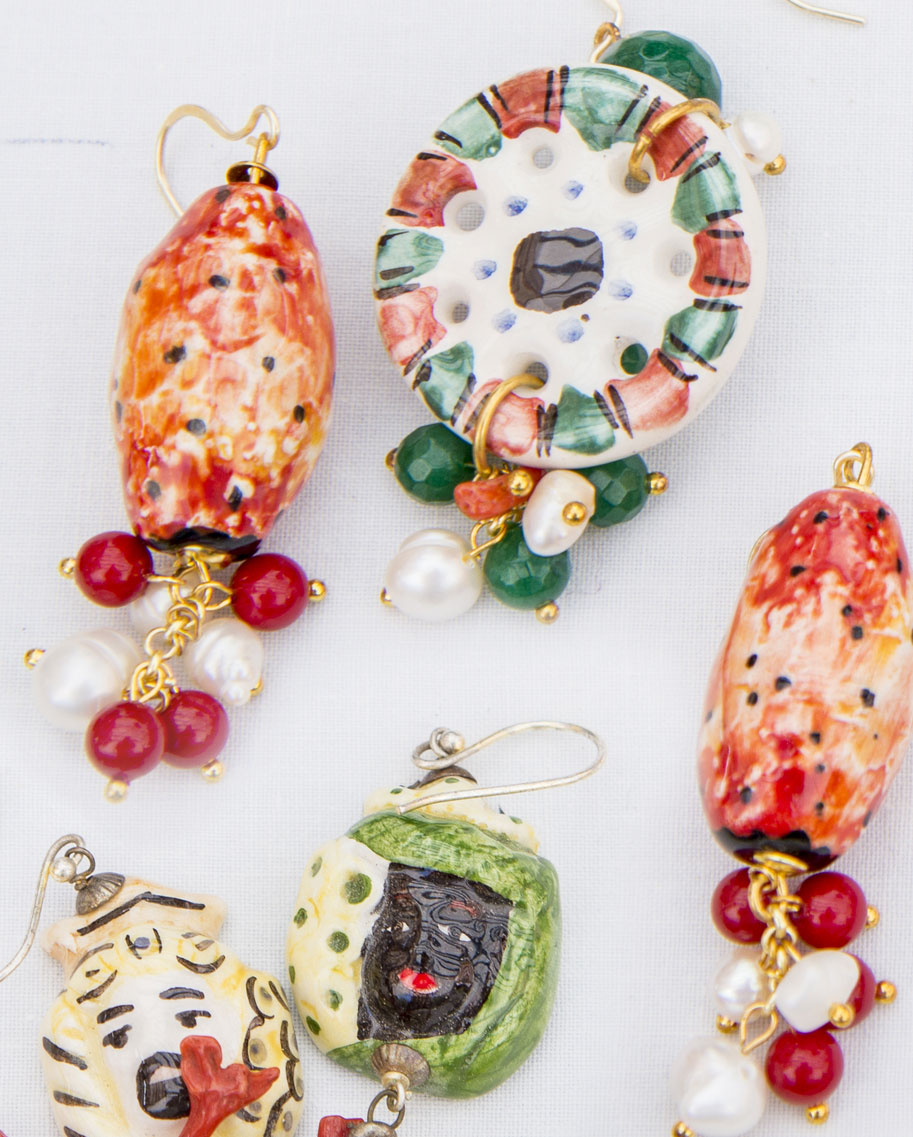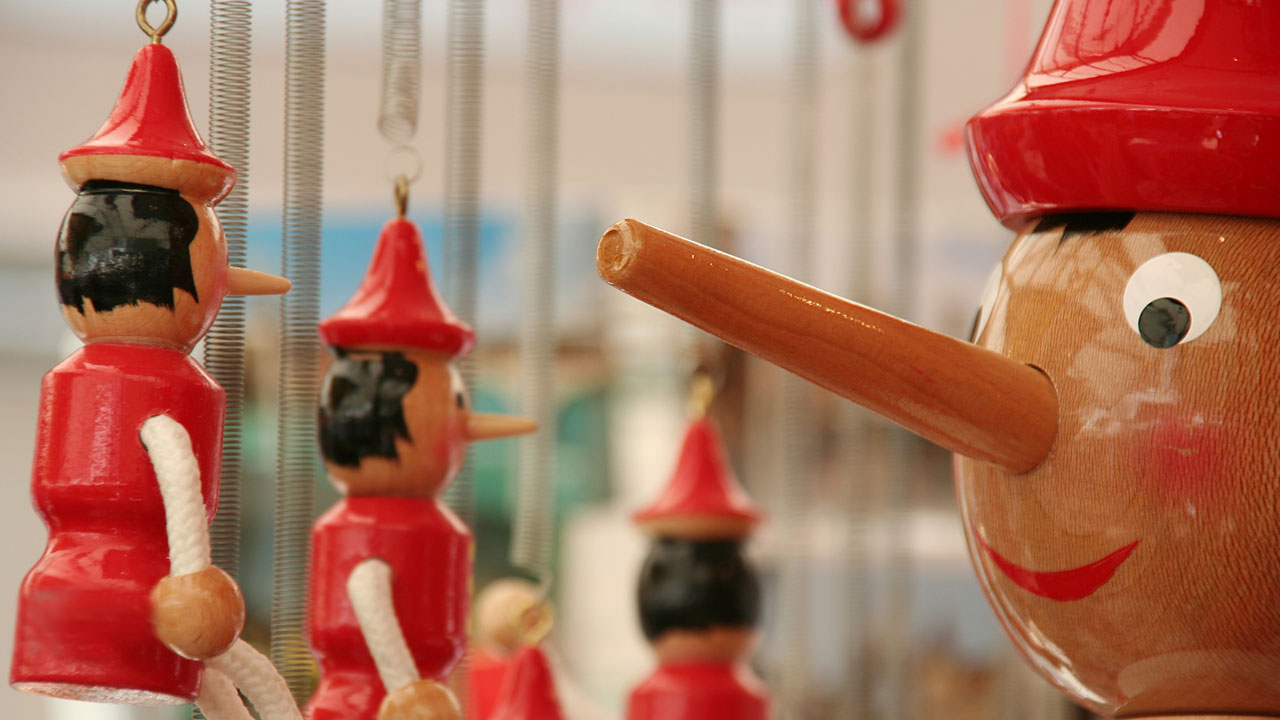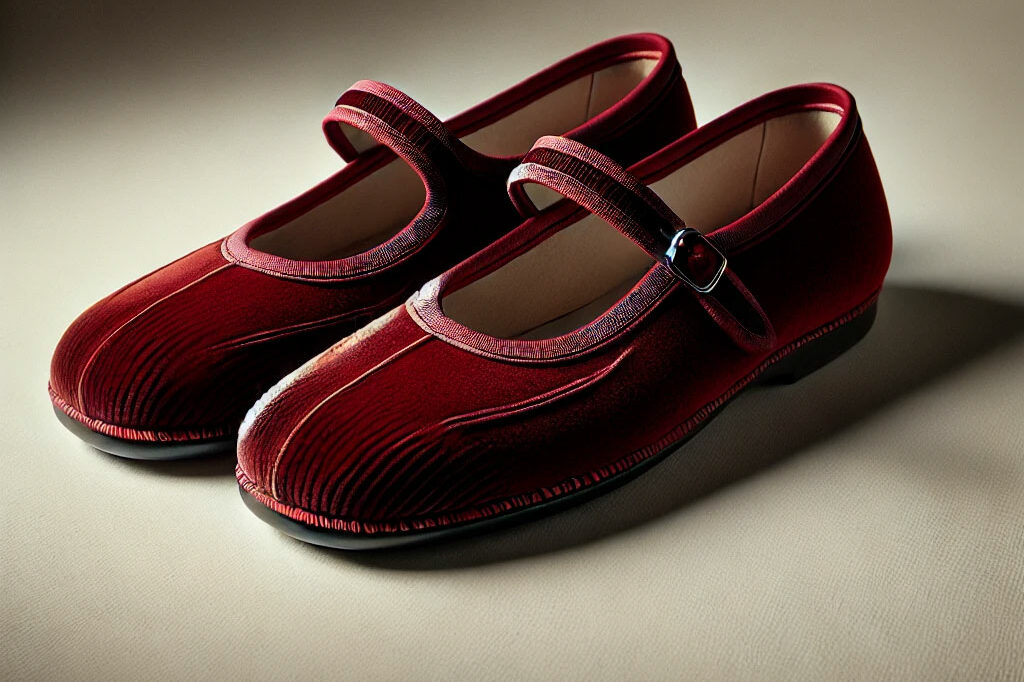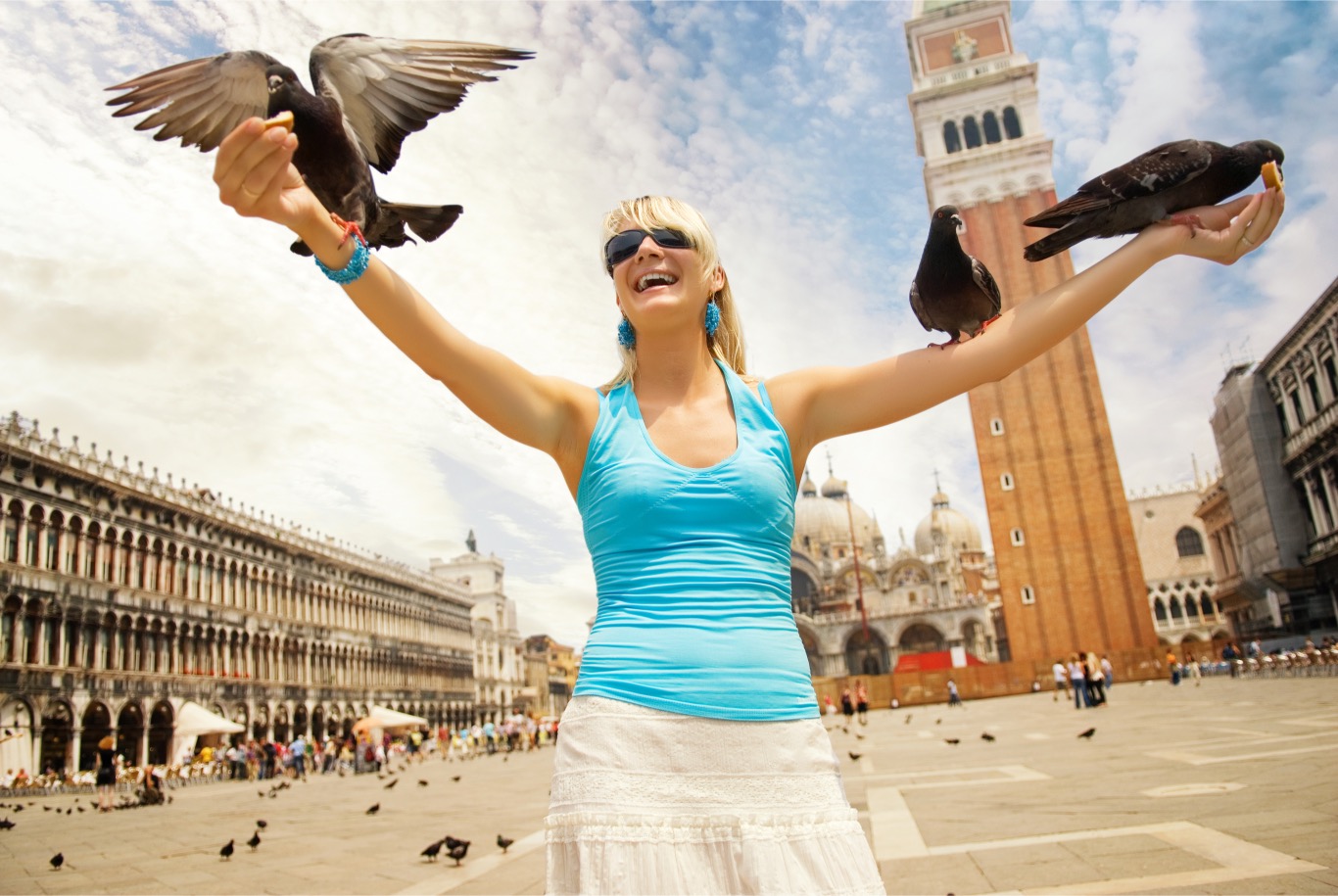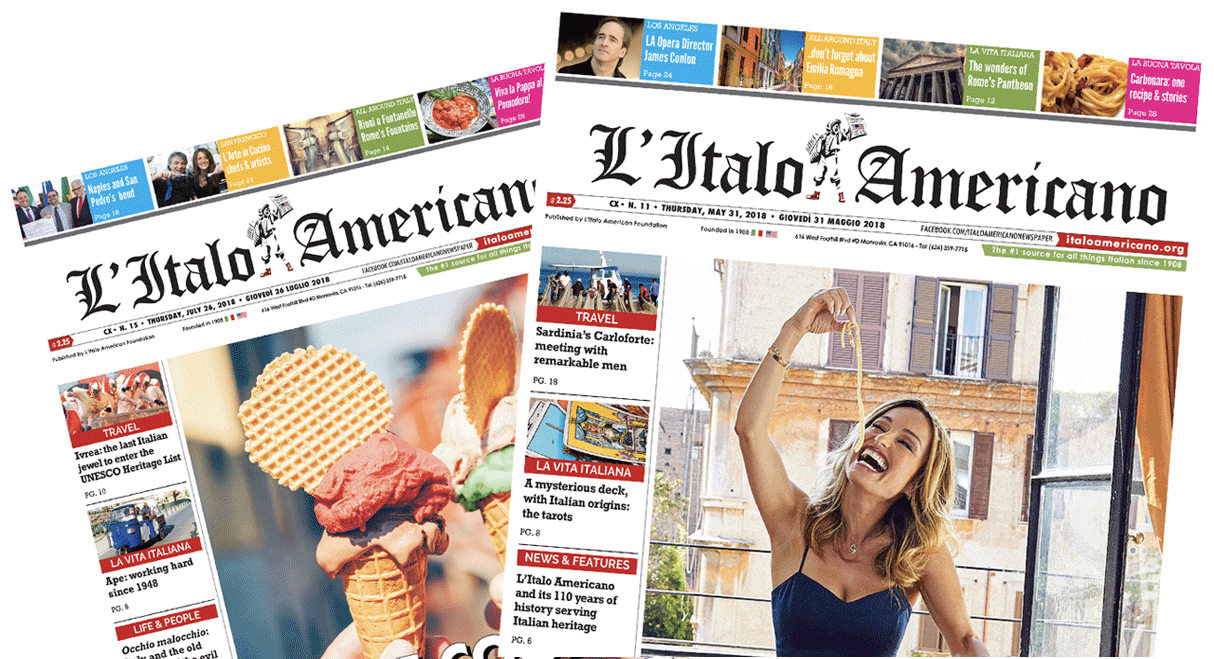The spotlight belongs to her alone: Beauty. When Fuorisalone takes the stage — with its distinctive approach of involving the entire city and flooding it with the creative energy of the furniture and design markets—all of Milan steps into the limelight. It’s something truly unique on the international scene. Yet nothing is improvised or left to chance: everything is meticulously planned, examined down to the smallest detail, developed, designed, and refined from every angle. Because to surprise, after all, is an art.
This event, which celebrates Milan as the capital of international design, has once again reaffirmed the leading role of a city that has made business and fashion, branding and style, its signature identity.
Years of experience have shown how valuable the urban context is — not just during the days of the event itself, but well beyond. Over time, this has led to the creation of a lasting platform that serves both the public and the industry, offering sustained visibility, continuity, and a distinguished reputation. Its wide reach and popularity bring the content, relationships, and culture tied to the world of design into sharp focus at the heart of the event.
The key is that, rather than being just another specialized trade fair, the Salone del Mobile — along with Design Week — has become a true platform for creativity and ideas, a catalyst for cultural, economic, and social growth. It has the ability to evolve, to spark new inspiration, to attract and to experiment. And that is precisely what society today demands: transformation, a continuous spirit of adaptability, and the courage to be visionary.
“The Salone del Mobile,” said Milan’s mayor Giuseppe Sala, “is one of the events that best reflects our city’s ability and desire to innovate, to experiment, and to open up to the world. Thanks to the strategic platform offered by the Salone, design in Milan fuels an ecosystem rich in creativity, study, and research — one capable of attracting major flows of people, starting with creatives, designers, architects, and industry professionals, but also tourists and enthusiasts — and of generating value for the city, the region, and the entire country.”
Of course, the commercial soul of the event cannot be overlooked. The Salone is an internationally recognized appointment, a powerful draw abroad as well, thanks to its role in promoting Italian design globally. For those who work in the sector, being part of the Salone — or not — can make all the difference.
But Beauty goes beyond that. It is quite literally what remains “after the fair,” the element that draws a clear line between before and after. If, in the beginning, people came to Milan solely to do business and position themselves in the market, today the Salone is also everything that unfolds beyond and around the specialized exhibition. Its citywide version—what spills into the streets—is a cascade of cultural expression that rightly takes center stage, drawing in people, professions, and contexts. It reaches well beyond the event itself, and its positive effects have only grown stronger over the years.
This proves that investing in Beauty, in art, creativity, and emerging designers, was anything but a gamble. It opens up new markets, reaches new audiences, and builds roads where there were none before. Sparking change — pushing individuals and communities toward innovations that may even lead to unexpected evolutions — is no simple feat. And once change is in motion, keeping the course steady, avoiding disappointment, and even raising expectations is anything but guaranteed.
Yet Milan has shown that it can open its doors to innovation and actively encourage transformation. At the heart of this shift was an essential step: making Beauty the city’s focal point. That, in turn, sparked a deeper reflection on the importance of seeking quality — not just in made-in-Italy products, but in everyday life. And ultimately, cultivating a widespread aesthetic sensitivity means recognizing art and culture as fundamental elements of our shared identity.
Il centro del palcoscenico è tutto per lei: la Bellezza. Quando va in scena il Fuorisalone, con la sua curiosa idea di coinvolgere la città e di farla attraversare dall’energia creativa dei mercati legati all’arredo e al design, tutta Milano finisce sotto i riflettori. E’ qualcosa di unico a livello internazionale. Niente però è improvvisato o lasciato al caso: accuratamente pianificato, studiato nei minimi particolari, elaborato, progettato, messo a punto da ogni prospettiva. Questo perché sorprendere è un’arte.
L’evento che celebra Milano capitale del Design Internazionale ha confermato senza difficoltà il ruolo di primo piano che detiene stabilmente una città che del business e della moda, del brand e dello stile, ha fatto la sua cifra.
L’esperienza maturata negli anni ha permesso di capire il valore del contesto urbano anche oltre il momento in cui si svolge l’evento fisico, sviluppando una piattaforma duratura al servizio di pubblico e clienti che garantisce una visibilità, una continuità nel tempo, una reputazione di rango che per capillarità e popolarità portano il contenuto, le relazioni, la cultura di tutto quello che ruota attorno al Design, al centro dell’evento.
Il punto è che da essere solo una delle tante fiere specializzate, il Salone del Mobile con la Design Week è diventata una piattaforma di creatività e idee, un motore di sviluppo e crescita culturale, economica e sociale. Ha capacità di evolvere, generare nuovi stimoli, attrarre, sperimentare. In fondo è esattamente quello che serve in una società che richiede cambiamenti e un continuo spirito di adattabilità: essere visionari.
“Il Salone del Mobile – ha detto il sindaco di Milano Giuseppe Sala – è uno degli eventi in cui si riflettono meglio la capacità e la volontà di innovare, di sperimentare e di aprirsi al mondo della nostra città. Grazie alla strategica vetrina offerta dal Salone, a Milano il design alimenta di creatività, studio e ricerca un ecosistema interessante in grado di richiamare flussi importanti di persone – a cominciare da creativi, designer, architetti e addetti ai lavori, ma anche turisti e appassionati – e di generare valore per la città, il territorio e l’intero Paese”.
Sicuramente non si può trascurare l’anima del commercio: il Salone è un appuntamento riconosciuto a livello globale, un vero polo di attrazione anche all’estero nelle sue attività di internazionalizzazione. Esserci o non esserci al Salone fa la differenza per chi lavora nel settore. Ma la Bellezza va oltre. E’ letteralmente ciò che resta “alla fine della fiera”, ciò che traccia una linea di demarcazione tra il prima e il dopo. Se è vero che inizialmente a Milano ci si andava solo per fare affari e posizionarsi sui mercati, oggi il Salone è anche tutto quello che ruota fuori e attorno alla rassegna specializzata. La sua versione cittadina, che equivale a una cascata di espressioni culturali, sa prendersi meritatamente la scena e capitalizzare persone, professioni, situazioni. Sa andare ben oltre l’evento in sé e l’effetto benefico si consolida negli anni.
Questo significa che investire sulla Bellezza, sull’arte, la creatività, i giovani designer, è stato ed è tutt’altro che un azzardo. Apre nuovi mercati, trova nuovi destinatari e spiana strade dove prima non c’era che terra battuta. Mettere in moto il cambiamento, spingere individui e comunità verso innovazioni che possono portare a evoluzioni significative, magari anche inizialmente non immaginate, è un’operazione complessa ma quando l’operazione è avviata, riuscire non solo a tenere la barra dritta ma a non deludere e persino ad alzare l’asticella è cosa tutt’altro che scontata.
Milano però ha dimostrato di saper aprire le porte all’innovazione e di poter stimolare proattivamente il cambiamento. In mezzo c’è stato un importante passaggio che ha fatto del Bello il suo perno, cosa che a sua volta ha dato il via ad una riflessione sull’importanza di cercare la qualità tanto nel prodotto made in Italy quanto nella vita quotidiana. Ma sviluppare una diffusa sensibilità estetica significa, in fondo, valorizzare l’arte e la cultura come elementi fondamentali della propria identità.
